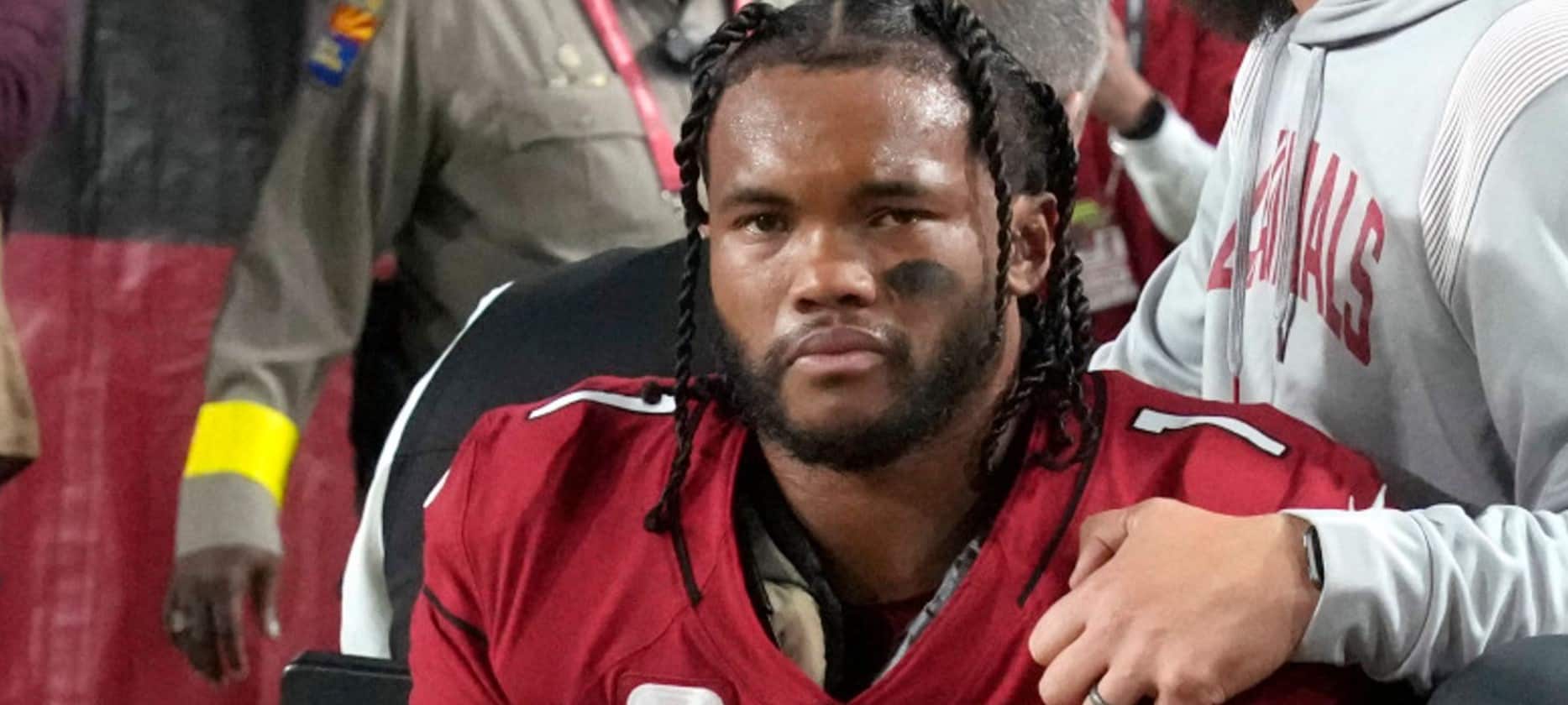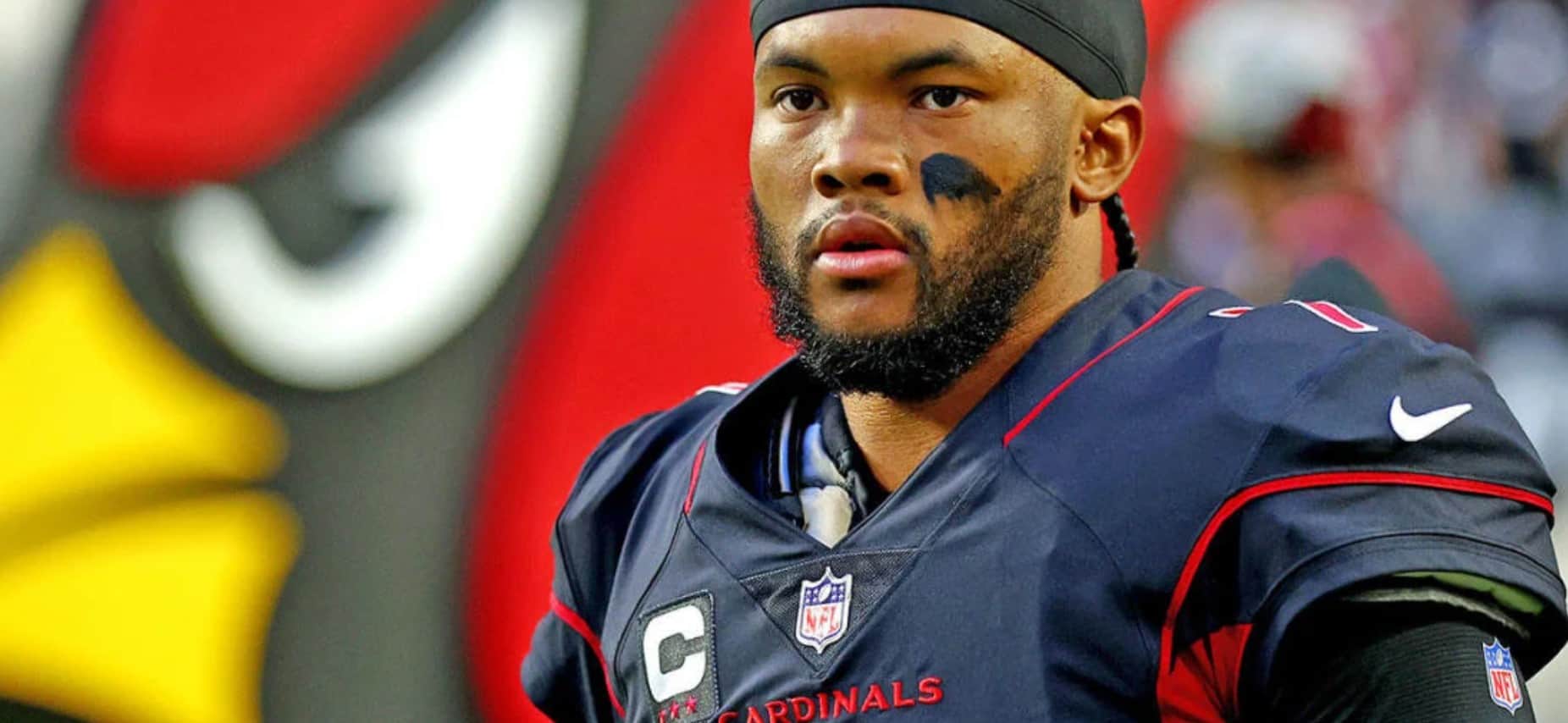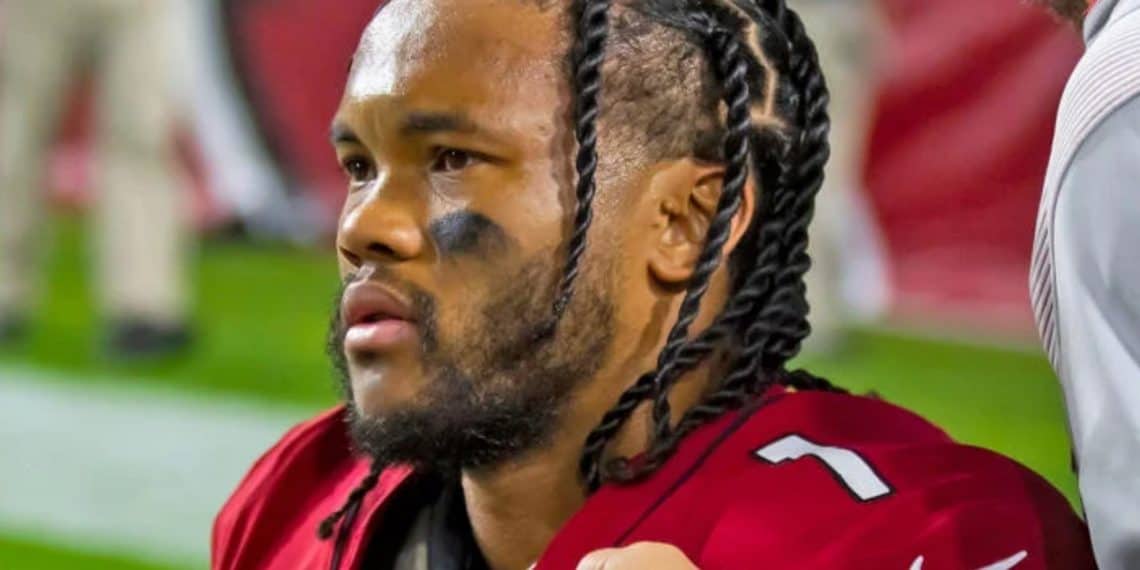It’s going to be quite some time before Arizona Cardinals quarterback Kyler Murray makes his way back to the field after suffering a knee injury that rendered him with the dreaded three letters that any NFL player fears: PUP.
In case you’re not familiar with PUP, it stands for “Physically Unable to Perform”, a status that puts a player out of the playing roster because of a lesion that jeopardizes their performance.
Today, we’re going to explore the lesion that rendered that PUP for Murray: What happened to Kyler Murray, and how did he injure himself? What are the possibilities for a comeback? And what kind of lesion is that and what are its complications? Let’s dig into the world of sports injuries as we examine these things in this piece.
Bear in mind the following: the lesion that Kyler Murray is both a sports lesion as well a very quotidian sort of lesion, and if you happen to have a similar injury, you should consult a healthcare professional.

What Happened To Kyler Murray?
Kyler Murray tore his ACL in December and hasn’t been able to practice since the game against the New England Patriots in which he suffered that injury. He was put on the PUP list and hasn’t been removed from that list despite his dedication to recovery.
Will Kyler Murray Return To Play This Season?
The Arizona Cardinals remain faithful that their quarterback will return to play this season. He was appointed one of the six captains this season despite his injury, and the organization remains strong in their hopes that Kyler Murray will return to the field this year.
Murray could return to the field soon, but two things need to happen: firstly, his name needs to be removed from the PUP list, and then we must wait until the doctors say he’s ok. And while the Cardinals think that that might be happening on Week 5, a realistic estimation for that would be around the seventh or eighth weeks of the season.
What Is The ACL?
ACL stands for “Anterior Cruciate Ligament”. It is one of the big four ligaments that keep our knees together. Its function is to keep our skeletons stable when we pivot and jump.
This ligament is prone to tears and lesions when it is put to the kind of stress and weight that an NFL player can experience.
It is one of the most common sports injuries in male athletes, according to a 2016 study by the American Journal of Sports Medicine.
The ACL is a strong band of connective tissue that runs diagonally from the center of our knees connecting the thigh bone (femur) to our shinbone (tibia).
What Is An ACL Tear?
A tear of the anterioro cruiate ligament is a common knee injury that affects the connective tissue that keeps your knees together and keeps your skeleton stable when you jump and move around.
Firstly, the knee joint is a rather complex structure, it’s made of bones, ligaments, and other elements that allows us to bend and move our legs.
The knee is held together by several ligaments, and the ACL is one of them. The ACL’s function is to stabilize the forward movement of the shinbone (tibia) and prevent the instability of the knee in relation to its components when we move.
When we play sports and engage in other physical activities and we suddenly twist our knee our land awkwardly from a jump, depending on a set of circumstances, we can overstress the ACL, and in the worst cases, it gets torn.
When a tear occurs, the ligament is either damaged or completely torn apart.
Why Is an ACL Tear Is So Incapacitating For An Athlete?
An ACL tear is very incapacitating for athletes because they feel pain, their affected knee swells, and they lose stability in the knee, leading to problems that eventually render the athlete physically unable to perform.
Depending on how severe the lesion is, everyday things like walking or bearing weight on the knee become difficult because the knee lost its structural support and eventually gives way.

How Does An ACL Tear Get Fixed?
Treatment for ACL tear varies depending on the severity of the knee, the patient’s age, and how active they are. Treatments go from classical physical therapy and bracing all the way to highly invasive surgeries that reconstruct the ligament.
How Long Does It Take An ACL Tear To Recover?
Rehabilitation and recovery after an ACL tear involve the use of physical therapy because the muscles need to become strong again to hold the knee back to its original shape and conserve its full range of motion.
It is here where high-level athletes like Murray have the help of Sports Medicine professionals, orthopedic surgeons, and PT technicians.




